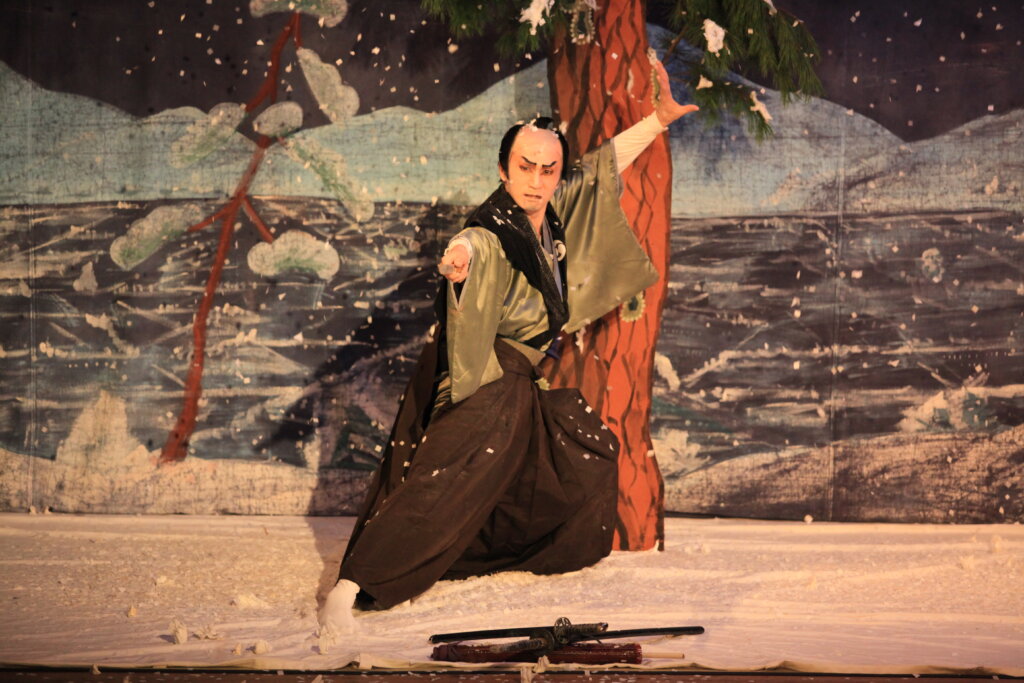Here at Heartland Japan, we pride ourselves on going that little bit deeper than everyone else. This time we hone our focus on some of the quirkier histories of Nakatsugawa, home to several post towns of the Nakasendo. In particular, we will look into the Naegi Castle Ruins and local kabuki theatre, known as jikabuki.
Be sure to check out 6 Secrets of the Nakasendo for more great ideas on things to do in the area.
Naegi Castle Ruins

As the name may suggest, Naegi Castle is no more. But what I find most interesting and amusing is why. You may hazard a guess: Was it burned down in a fire? Perhaps destroyed by war? Or maybe it was an earthquake? The answer is none of the above.
The story goes that the castle, built in 1526, changed hands several times with the changing political tides. Power was eventually given to the Tōyama clan by Tokugawa Ieyasu at the beginning of the Edo Period. This also marked the start of the Naegi Domain. It was the smallest domain with a castle of the Tokugawa Shogunate. Being so small, it struggled to grow enough rice or produce enough goods to pay its own way. It didn’t take long for Naegi Domain to get into a spiraling debt that just seemed to get worse with each generation of the Tōyama clan.
In the end, the castle to be taken apart. Timber and items of value were auctioned off. Samurai in the domain were then stripped of their titles and reduced to commoners to save money that would have been spent on their stipends. And Naegi Domain itself was dissolved into part of Gifu Prefecture to pay off the debt. What started off as a proud castle domain ended up a poor, castle-less section of Gifu with some very angry former samurai.
What is left of Naegi Castle is fondly referred to as the Machu Pichu of Japan by locals. Indeed, I can see the resemblance. Something else unusual about Naegi Castle is that parts of it were built on top of huge, naturally occurring, exposed boulders which just add fuel to the Machu Pichu nickname.
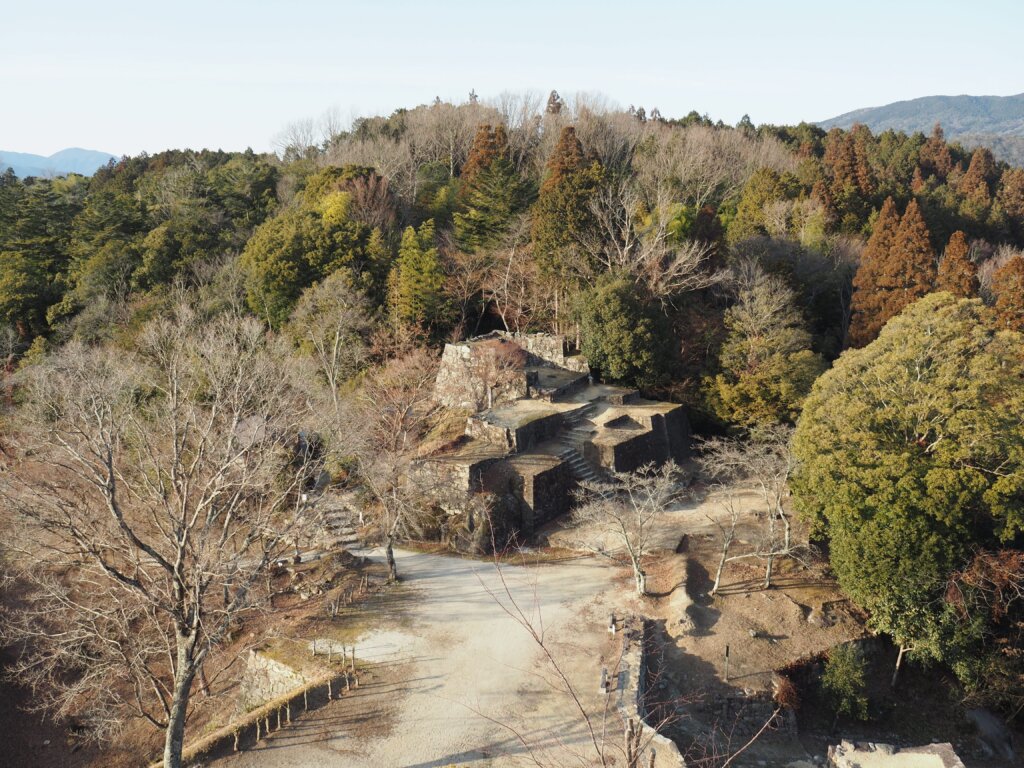
Another reason to visit is the view. The ruins sit on top of Mount Takamori, more of a hill than a mountain at 432m. The views are exquisite, with the Kiso River in the foreground and the sacred Mount Ena in the background. Its proximity to the Kiso River is no coincidence. The castle’s strategic location was chosen precisely because it could control both land and river routes. The gate of the castle sat at the river bed and a path lead from there to the castle on the hill. There are 48 turns on this winding road that can still be enjoyed on foot today.
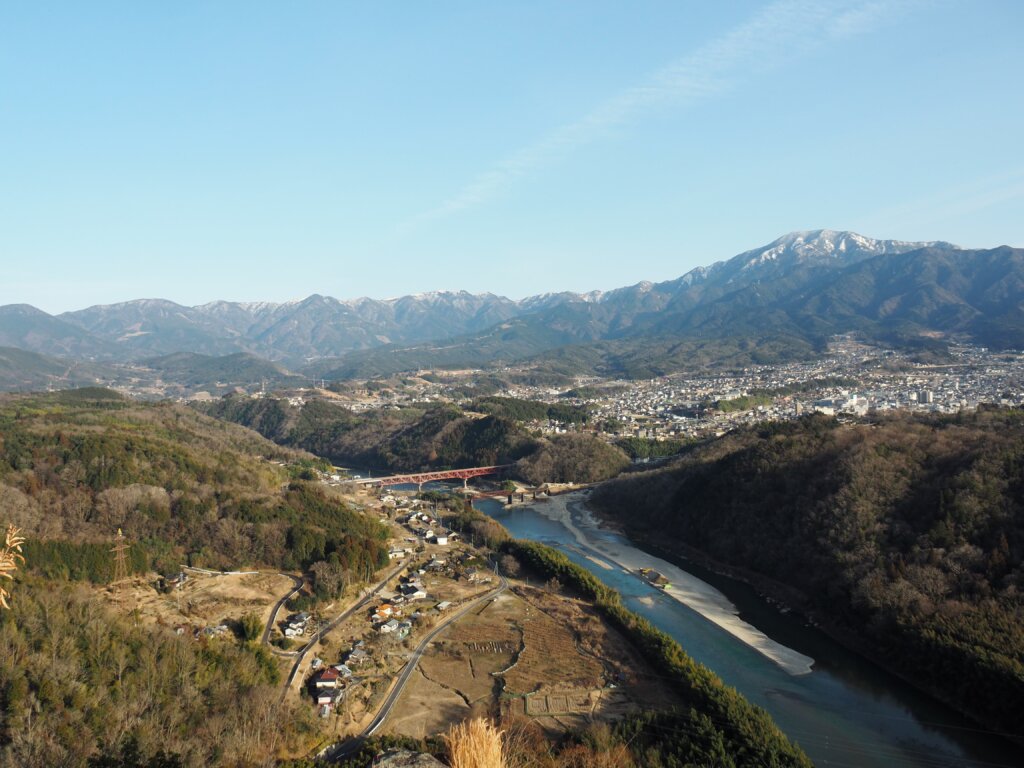
In fact, Naegi Castle Ruins is a really enjoyable walk. It takes about 70 minutes from the center of Nakatsugawa one way. It’s a great way to explore the real scenery of the Japanese countryside and have a slow day with a pinch of history. There is a museum there, too, where you can see how Naegi Castle would have once looked before the Meiji leaders pulled it down.
Ji-Kabuki
The ‘Ji’ in Ji-Kabuki means local. And local Kabuki is a very big deal in Nakatsugawa. There are two currently active Shibai-Goya (Kabuki theatres) in Nakatsugawa alone which is pretty amazing considering how rare the art form is nowadays.

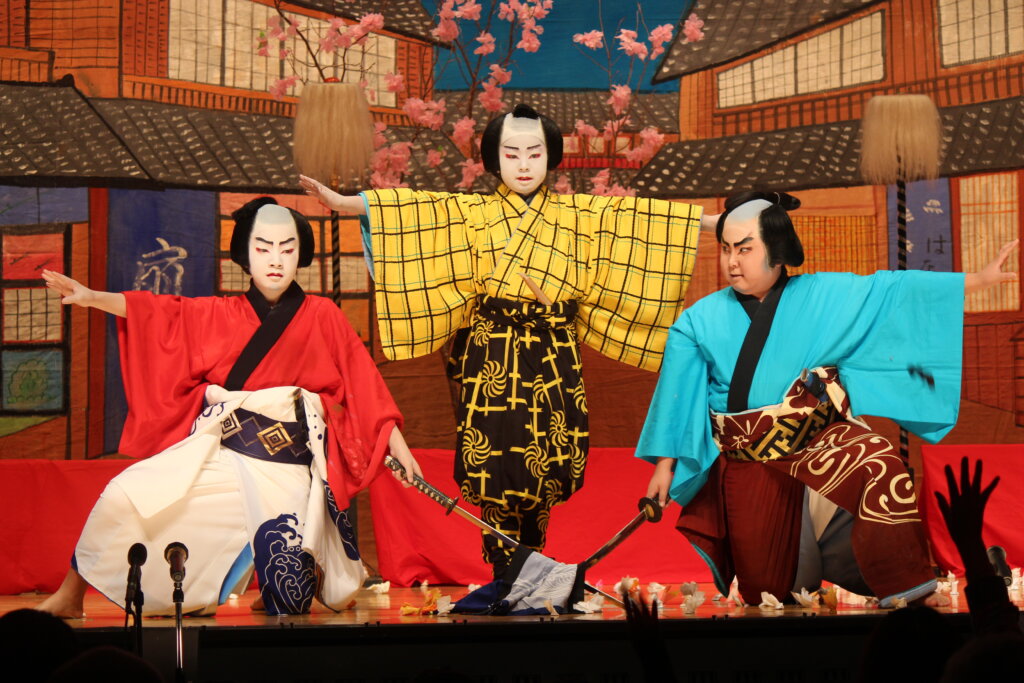
Currently there are only around 200 groups that preserve Ji-Kabuki nationwide and 30 of them can be found in Gifu Prefecture. As such, Gifu is known as the most active prefecture for Ji-Kabuki. So what is this local Kabuki and how does it differ from your more orthodox Kabuki of the big cities?
Well, Kabuki was established in the populous areas during Edo Period around 300 years ago, combining acting, dancing and music. Its popularity spread in the countryside, too, and rural areas invited actors to perform for them. Admiring locals started to create their own Kabuki and Ji-Kabuki was born.
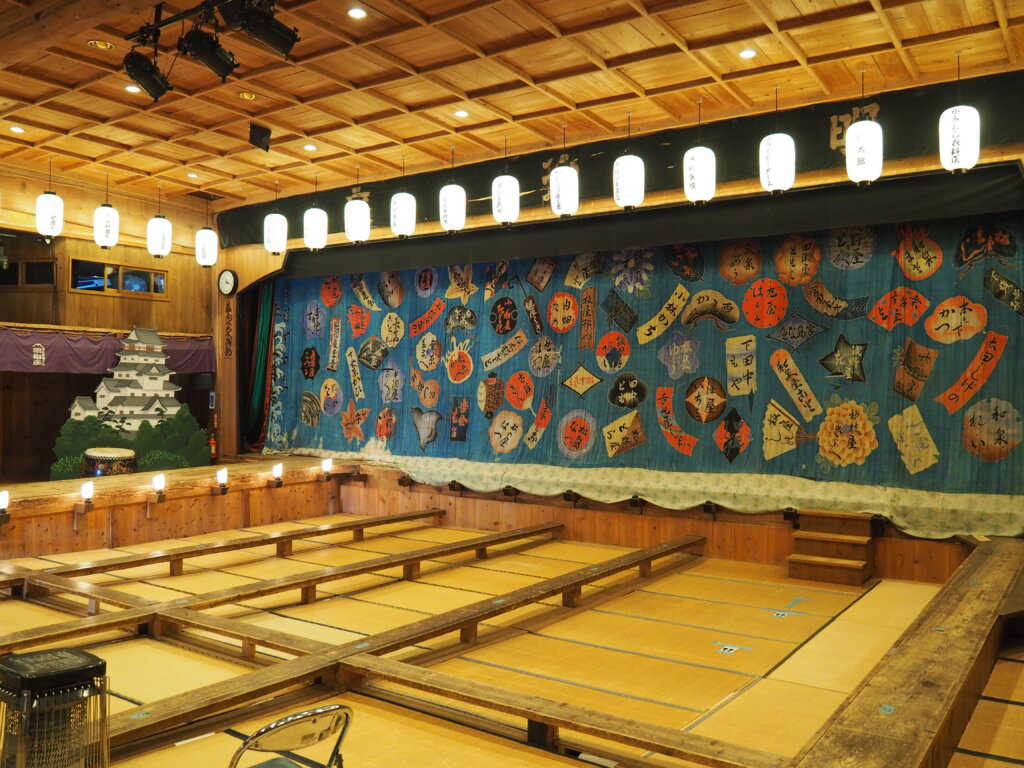
The most glaring difference between Kabuki of the big cities and the local affair is that the local actors don’t do it as their main profession. As such after a play the actors may reveal their day jobs. And the man who played the damsel in distress may turn out to be a police officer. That is part of the fun and why people love it.
Other differences include ‘Ohmukou’ or audience participation. The crowd gets pretty riled up at Ji-Kabuki and shouting out with joy is highly encouraged. ‘Ohineri’ is the act of wrapping coins in paper and throwing them at the actors’ feet when they pose. This is unique to Ji-Kabuki and makes the stage look rather decorated. The last difference I will mention is the gender equality. Yes, the local scene is much more progressive than the cities. In regular Kabuki both male and female characters are solely performed by male actors. But in Ji-Kabuki men play women and women play men. Now that was some forward thinking for the Edo Period.
In the beautiful sato-yama countryside area of Kashimo, the Kashimo-Meiji-Za theatre is a beautiful and historic Ji-Kabuki theatre. Though performances only take place once a year currently, the theatre can be visited year-round and is definitely worth the trip.

